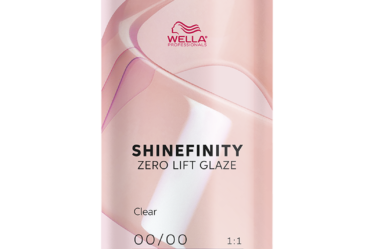
NEW YORK, United States — When Revlon Inc. announced that it was buying Elizabeth Arden Inc. for about $419 million last month, it said the combined company would generate enough cost savings to keep a measure of indebtedness relatively low for a junk-rated borrower.
The reality is it will take as many as five years for those expense reductions to come through, and debt investors that fund the deal will probably demand extra yield to compensate for the risk that these cost cuts will run into snags, according to analysts at Bloomberg Intelligence and Gimme Credit.
A Revlon spokeswoman said that the company is confident that its business plan will decrease debt on the company’s balance sheet, and intends to work to ensure a flawless integration of the two businesses and full realisation of the expected savings from the integration of Elizabeth Arden’s operating systems.
That integration will still take time, which represents risk for investors, said BI analyst Noel Hebert.
“In three years, Revlon may still be left with a fair amount of leverage given acquisition costs and the long time line that management laid out,” Hebert said. “If you’re an investor, what do you want to get paid for that?”
Two Giants
The companies said that combined they expect to have net debt equal to about 4.2 times earnings before interest, taxes, depreciation, and amortisation by the end of 2016. Their ratio is based on an adjusted figure for the earnings measure that includes future cost savings. That ratio level is often associated with non-cyclical companies at the higher end of the junk spectrum, rated in the range of BB, although no single metric determines a company’s credit quality, Hebert said.
If investors ignore the expected expense reductions, the combined company will have debt equal to more than 6 times that measure of earnings, a higher level that usually forces companies to borrow at more expensive rates, Gimme Credit Analyst Kim Noland wrote in a recent report. Companies with that ratio and a business profile like Revlon’s are often at the middle or lower end of the junk spectrum.
Revlon’s net debt was around 5.2 times its Ebitda as of the end of March, according to data compiled by Bloomberg.
Five Years
Reducing expenses could take as long as five years, with most of the gains expected by the end of the third year, said Juan Figuereo, Revlon’s chief financial officer, on a conference call when the deal was announced. The reductions could also cost money upfront, said BI’s Hebert.
Getting cost cutting right is important for Revlon. Elizabeth Arden is in the middle of a turnaround and hasn’t turned a quarterly profit since the three months ended Dec. 31, 2013, according to Bloomberg data. The merger will bring together the 84-year-old Revlon, controlled by billionaire Ron Perelman, with the 106-year-old Arden business in an effort to reinvigorate both companies’ sales.
The combination of the two companies presents “a compelling cost saving and growth story,” Wells Fargo analysts Grant Jordan and David Eller wrote in a note to investors last month.
Revlon expects to issue $400 million of unsecured bonds and take out a $1.8 billion term loan and a $400 asset-based revolver, using financing committed by Bank of America Corp. and Citigroup Inc. Revlon’s $500 million of 5.75 percent notes due 2021 will remain outstanding.
Revenue Gains
The company’s notes due in five years trade at around 98 cents on the dollar to yield around 6.4 percent. BI’s Hebert expects the company to sell debt maturing in 7 to 10 years. The new bonds may be attractive if issued with a yield over 7 percent, Gimme Credit’s Noland wrote.
Some companies with a similar profile have issued bonds with a 5 percent coupon, but given Revlon’s long time line for reducing debt levels it wouldn’t be shocking for investors to demand higher yields, Hebert said.
Even if cost cuts are slow to happen, revenue gains may come sooner. The company anticipates benefiting from increased sales as Elizabeth Arden gives Revlon the chance to expand its offerings in fragrances and skin care as well as geographic regions including Asia.
As part of the deal, Revlon will refinance Arden’s $350 million of 7.375 percent notes due 2021. The bonds rocketed from 76 cents on the dollar the day before the deal was announced to 102.25 on June 17, the day after it was disclosed, according to Trace data.
Moody’s Investors Service said it may cut Revlon’s ratings, including its Ba3 corporate rating, after news of the Elizabeth Arden acquisition. Standard & Poor’s also said it may cut the company’s ratings, including its B+ corporate credit rating.
By Emma Orr; Editors: Nabila Ahmed, Dan Wilchins and Faris Khan.



